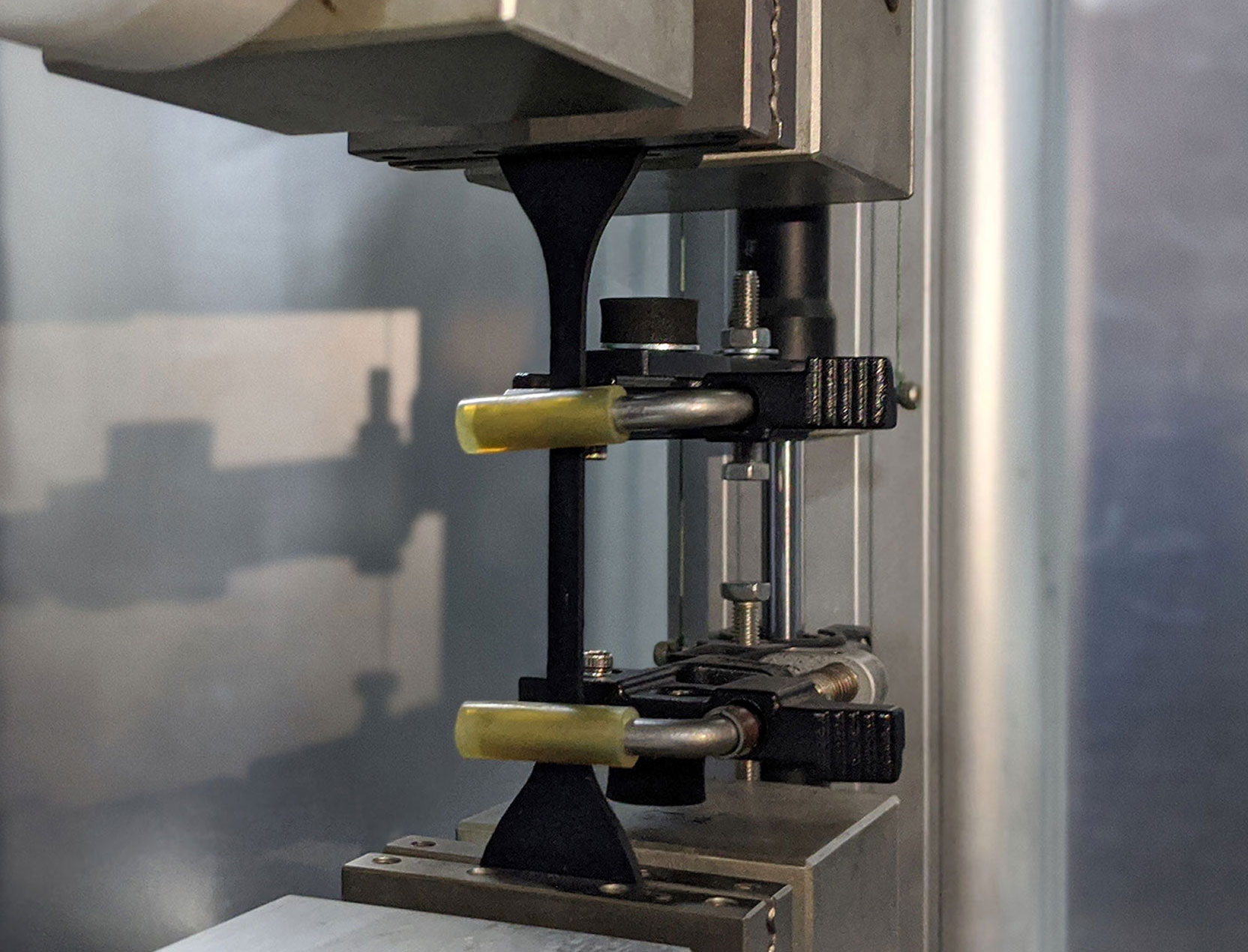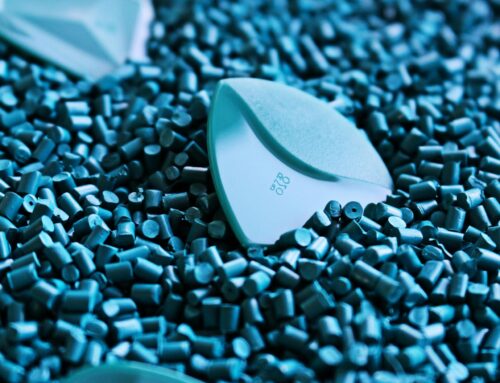Butyl rubber is a synthetic elastomer known for its exceptional impermeability, chemical resistance, and vibration absorption. As one of the most effective rubber polymer types, it plays a critical role in industries such as automotive, construction, healthcare, and industrial sealing—especially where airtight seals and long-term durability are required. Through precise formulation techniques, butyl rubber compounds can be tailored to meet demanding performance standards across a wide range of environments.
What is Butyl Rubber?
Butyl rubber is a synthetic copolymer composed primarily of isobutylene with a small percentage of isoprene. This structure gives it a highly impermeable, chemically stable, and flexible character. Known for its low gas and moisture permeability, butyl rubber is often selected for applications where long-term sealing, vibration control, and environmental resistance are essential.

Key Properties of Butyl Rubber Compounds
The performance of butyl rubber compounds can be fine-tuned through careful formulation. The material’s base characteristics—combined with additive systems—make it suitable for a wide range of demanding environments.
| Property | Benefit |
|---|---|
| Low Gas Permeability | Excellent air and vapor sealing; ideal for inner tubes and closures |
| Vibration Damping | Absorbs shock and reduces mechanical noise in automotive and industrial uses |
| Chemical Resistance | Withstands acids, alkalis, and polar solvents |
| Weather & Ozone Resistance | Performs well in outdoor and UV-exposed conditions |
| Temperature Flexibility | Maintains elasticity in both hot and cold environments |
| Customizable Formulations | Tailored for strength, cure rate, or specific mechanical properties |
Applications of Butyl Rubber Compounds
Because of its unique combination of impermeability, chemical resistance, and flexibility, butyl rubber is used across a wide range of industries.
Automotive
Inner tubes, tire liners, gaskets, and weather seals rely on butyl rubber for its ability to retain air, absorb vibration, and resist environmental wear.
Pharmaceutical & Healthcare
Butyl rubber closures and stoppers are commonly used in sterile packaging systems due to their tight sealing capabilities and resistance to moisture and chemicals.
Construction
In building materials, butyl-based membranes and adhesives provide long-lasting weatherproofing and insulation for windows, roofing, and flashing systems.
Consumer Products
Its air retention and elasticity make butyl rubber ideal for sports balls, protective gear, and other durable consumer items.
Industrial Applications
Chemical-resistant linings, tank seals, and barrier layers all benefit from butyl rubber’s long-term durability in harsh environments.
Customizing Butyl Rubber Formulations
One of the key strengths of butyl rubber is how adaptable it is through formulation. By adjusting the compound’s ingredients, formulators can fine-tune performance characteristics to meet specific mechanical, thermal, or chemical requirements.
- Cure Systems – Sulfur and peroxide cures affect elasticity, heat resistance, and compression set.
- Plasticizers – Used to modify flexibility, improve processability, or adjust temperature performance.
- Fillers – Carbon black and other reinforcements enhance strength, stiffness, or resistance to aging.
- Special Additives – Flame retardants, antioxidants, or pigments can be added to meet regulatory or performance needs.
Advancements in Butyl Rubber Technology
Halobutyl Rubbers
Modified with chlorine or bromine, these versions offer faster cure rates and improved resistance to chemicals—widely used in tire production and medical closures.
Low-Permeation Grades
Next-generation compounds further reduce gas transmission, supporting fuel systems and medical gas storage.
Recyclable Compounds
New blends aim to reduce environmental impact while maintaining performance, flexibility, and durability.
Blended Formulations
Butyl can be combined with other elastomers like EPDM or nitrile to enhance specific traits such as elasticity, strength, or chemical resistance.
Advancing Butyl Rubber with ALTTRAN
As performance expectations grow, so does the need for precise, application-driven butyl rubber formulations. Whether it’s improving gas barrier integrity, enhancing vibration isolation, or meeting strict chemical resistance standards, modern butyl compounding offers a range of possibilities.
Custom formulations allow manufacturers to dial in the right balance of properties—supported by advances in curing systems, additive technologies, and material compatibility. From sterile medical closures to chemical seals and industrial membranes, butyl rubber continues to be a critical solution across sectors that demand long-term reliability.
All formulations are verified through rubber testing labs to ensure consistency, durability, and performance under real-world conditions.
Looking for a custom butyl rubber formulation?
Explore how tailored compound design can improve performance, simplify processing, and meet the demands of your specific application.



